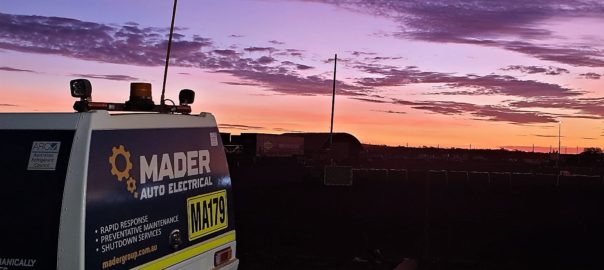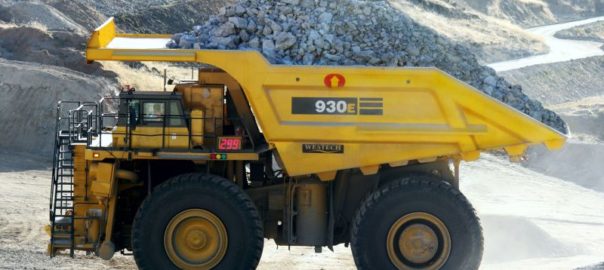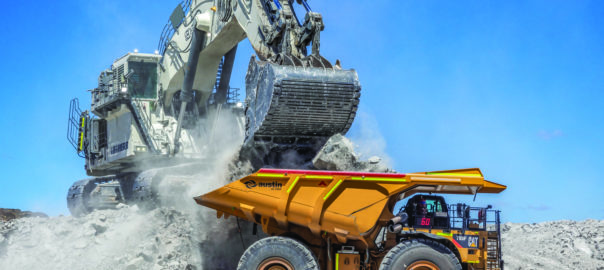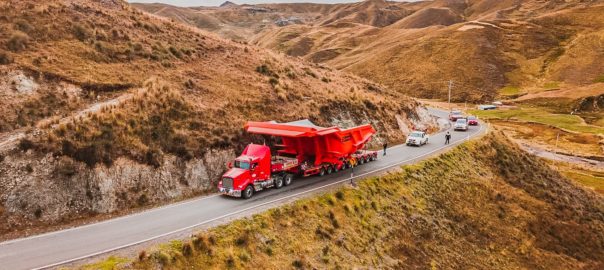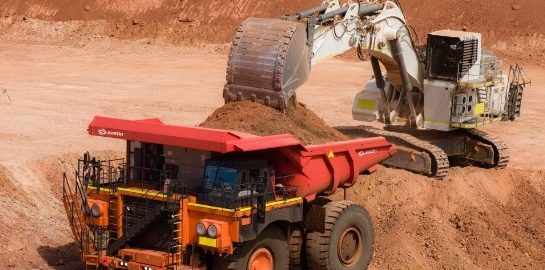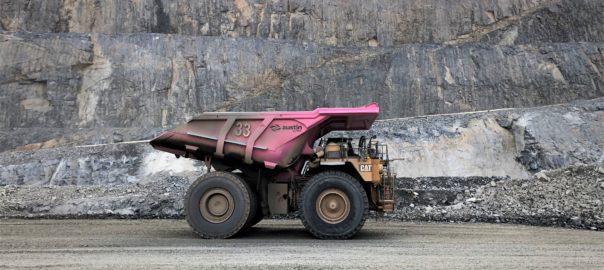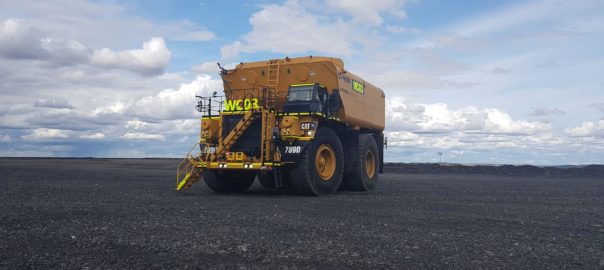Austin Engineering Ltd has executed a strategic support alliance with Mader Group Ltd that will see Mader provide assistance as required on a flexible ‘tap-on tap-off’ basis, using its mine-based personnel and workshop facilities to bolster Austin’s existing support services.
The initial focus of the alliance will be Western Australia’s Pilbara and Goldfields regions, in addition to sites in Queensland and New South Wales.
Mader, Austin says, is the largest independent provider of equipment maintenance services in Australia and has a growing global presence. Its workforce is based in and around Australia’s key mining regions, allowing for faster deployment to site and overall response time.
Austin will continue to use its own service teams, which travel to site from Perth, Brisbane and Mackay, but will augment these as necessary to improve turnaround times and service efficiency when commercially appropriate.
Mader Group provides services for the inspection, maintenance and repair of heavy mobile equipment. Its technicians offer mechanical and electrical maintenance including fabrication and welding services.
Austin CEO and Managing Director, David Singleton, said: “Austin’s leading engineering and design capabilities see it produce mining truck bodies and buckets for customers across all commodities and global geographies. The agreement with Mader will support our existing services, initially in Australia, to ensure our customers are given the best quality support for our products.”







